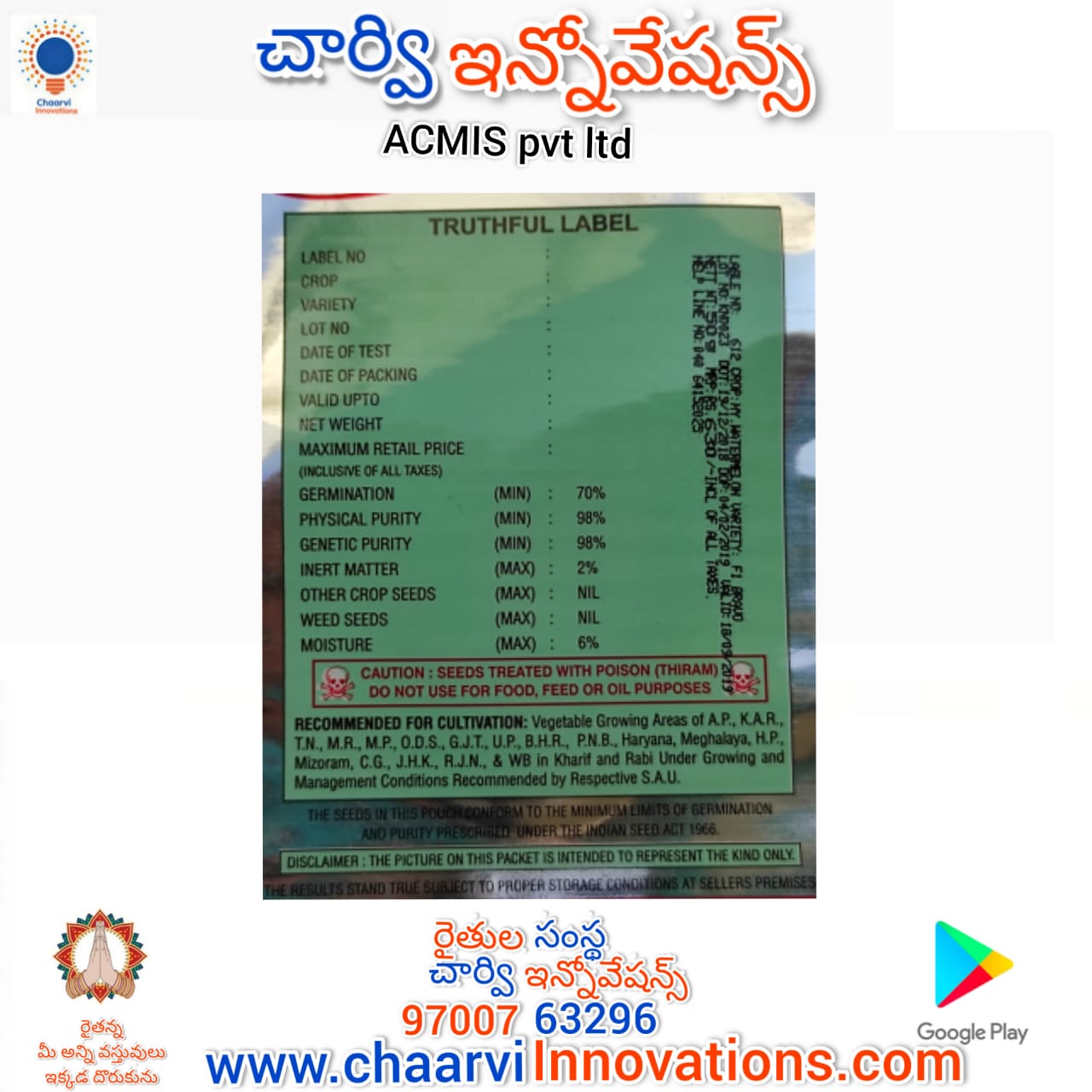Description
Brinjal plants or Egg plant are a tender, very warm-weather crop.
- Start eggplants indoors 10 to 8 weeks before the average night time temperature is expected to stay above 55°F (13°C),
- Set eggplants in the garden after nighttime temperatures are consistently greater than 55°F (13°C) and daytime temperatures average 70°F (21°C). If temperatures are much cooler you should protect eggplants from the chill with a plastic tunnel or floating row cover.
- Eggplants mature in 50 to 75 days from transplanting. From the time seeds are sown indoors until harvest, eggplants require a total of 100 to 140 days depending on the variety.
BRINJAL SOWING AND PLANTING TIPS
- Grow Brinjal plant from seeds or seedlings.
- Seed is viable for 5 years.
- Eggplants are commonly started indoors in a greenhouse or warm, well-lit sunroom or kitchen.
- Sow Brinjal plants in individual pots of light potting mix 10 to 8 weeks before you intend to set plants out.
- Do not set eggplants outdoors until the night time temperature is consistently greater than 55°F (13°C)—unless you plan to protect the plants from chill under a plastic tunnel or spun poly row cover.
- Sow 3 or 4 seeds to a pot or sow seed across flats; then clip away the weaker seedlings once the strongest seedling is about 2 inches (5 cm) tall.
- Sow seed ¼ to ½ inch (7-13 mm) deep.
- Germination soil temperature is 70-95°F (20-35°C); the optimum soil temperature for germinating seed is 86°F (30°C).
- Germination takes 10 to 15 days at 86°F (30°C) or warmer.
- Keep seed starting mix just moist until seedlings are well-established.
- Eggplant seed can be sown directly in the garden if the soil temperature is warm enough—and there are enough days in the season for plants to reach maturity.
- Seedlings started indoors should be kept under grow lights or in a sunny window after germination. Keep indoor nighttime temperature above 62°F (17°C).
- Fertilize with fish emulsion or a soluble complete fertilizer at half strength.
- Transfer seedlings to a larger container once they are 2 to 4 inches (5-10 cm) tall; be sure that seedlings have sufficient room for root growth in the new container; this process is called “potting up”; continue to pot up seedlings as they outgrow containers—until they are transplanted into the garden or a very large container.
- Eggplants can be transplanted to the garden after they are at least 4 to 6 inches (10-15 cm) tall.
- Set plants 24 inches (60 cm) apart in rows at least 24 inches apart.
- Add aged compost to planting beds in advance of transplanting.
- Eggplants prefer a pH range of 5.5 to 6.8.
- Grow eggplants in full sun for best yield.
- If you plant seedlings started by another grower, select plants 6 to 8 weeks old; usually in a 4-inch (10 cm) pot. Check the bottom of the pot to be sure roots are not growing through and the plant is not root-bound.
- Avoid planting eggplants where tomatoes, potatoes, or peppers have grown recently.
- Fertilize with an organic fertilizer such as fish emulsion at half strength.
- Protect early-season plants from cold weather under lightweight spun poly row covers supported by wire hoops or under a plastic tunnel. Cold nights will cause blossoms to drop producing bushy plants without fruit.
- Common pest enemies include aphids, Colorado potato beetles, cucumber beetles, flea beetles, tomato hornworms, and others.
- Common diseases include blossom end rot, bacterial spot, and soft rot
BRINJAL PLANT PLANTING CALENDAR
- 10-8 weeks before the last frost in spring: start seed indoors for transplanting out when nights are warm; start sooner if planting out into a warmed plastic tunnel; pre-warm soil for 2 weeks under black plastic sheeting; minimum soil temperature should be 60°
- 3-4 weeks after the last spring frost: transplant seedlings to the garden if nighttime temperatures are 55°F or greater or if you can protect plants under row covers or plastic tunnel from the chil








Reviews
There are no reviews yet.